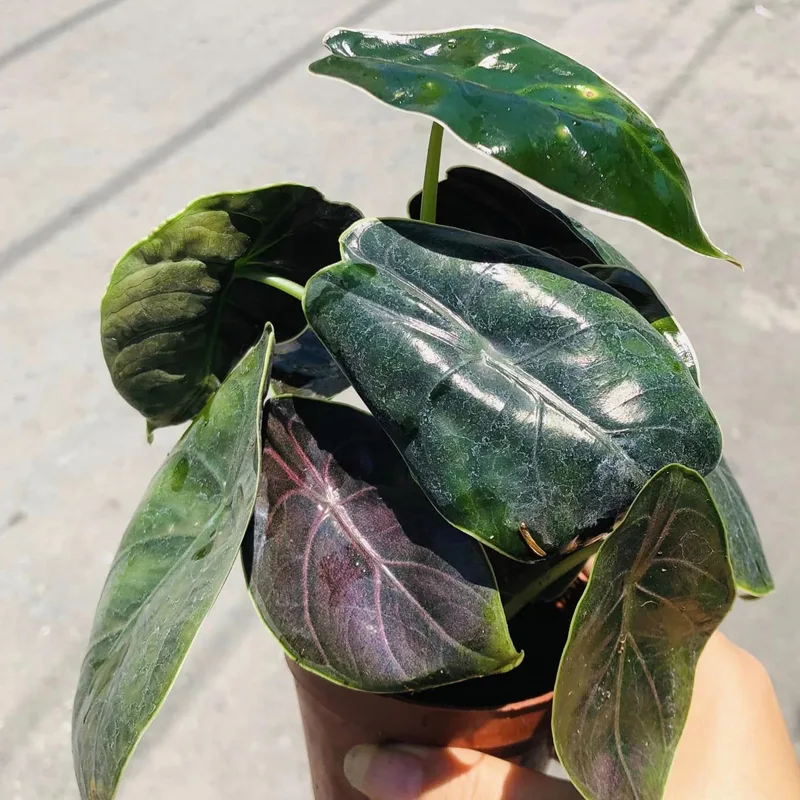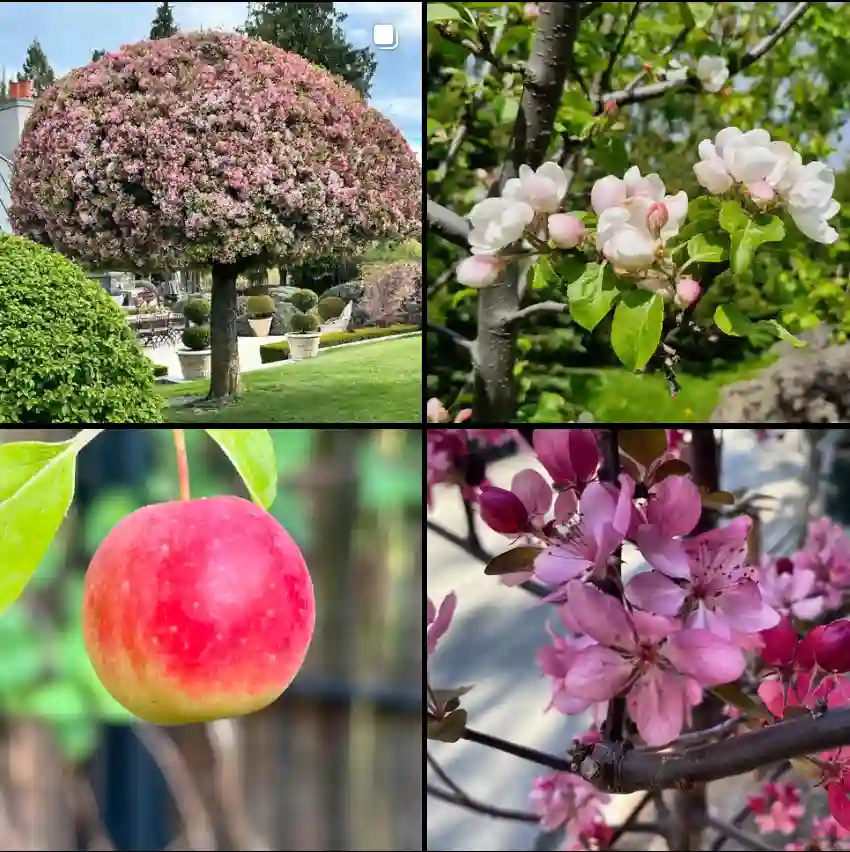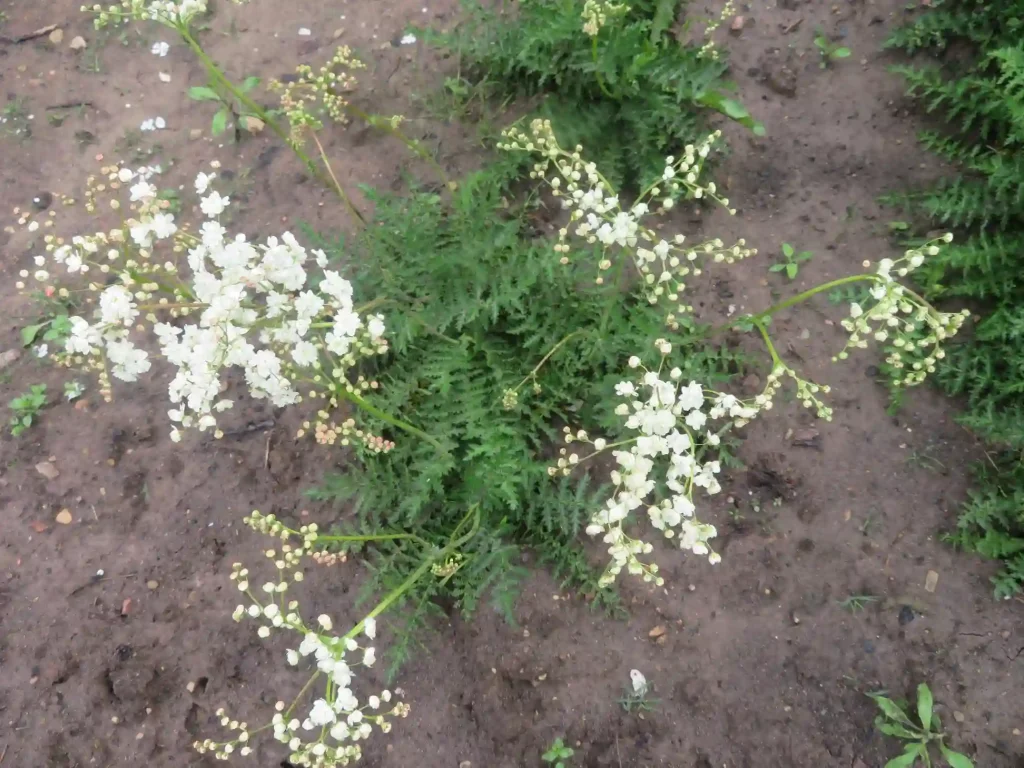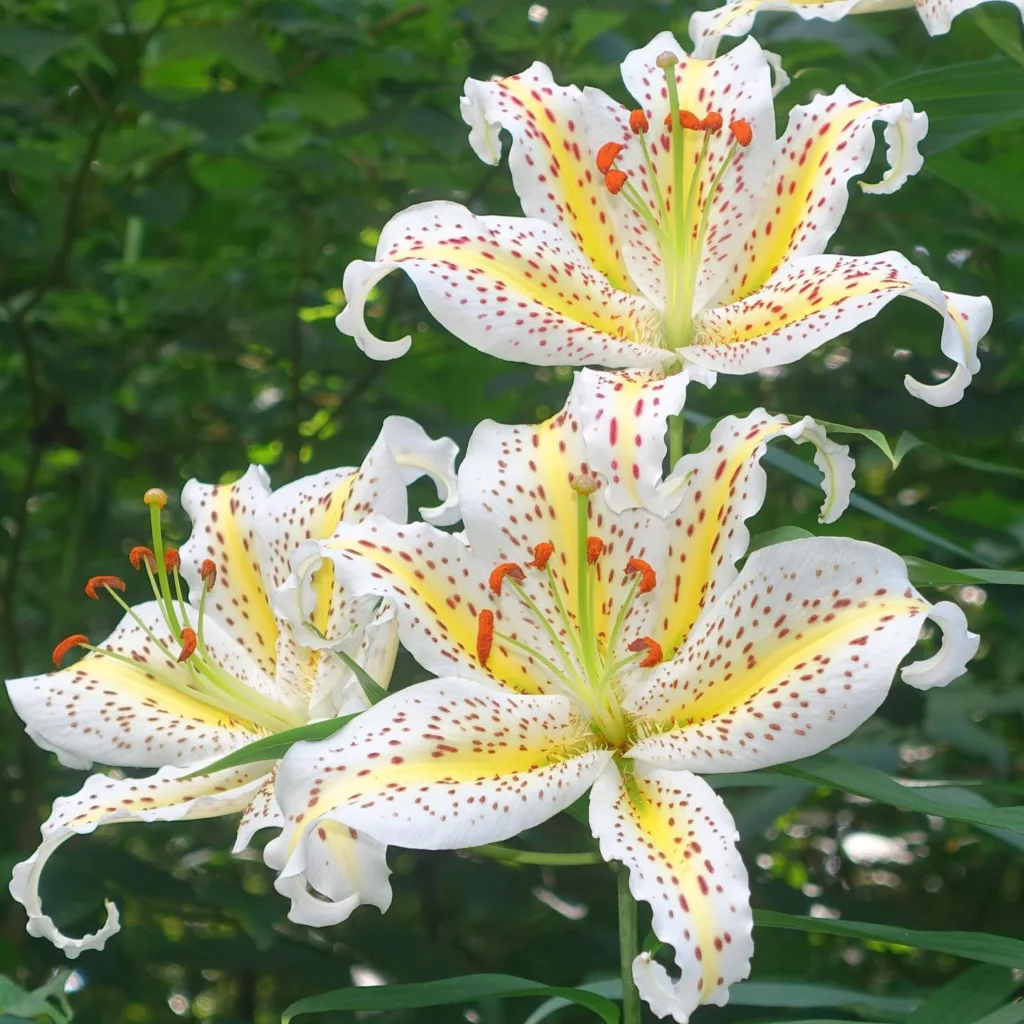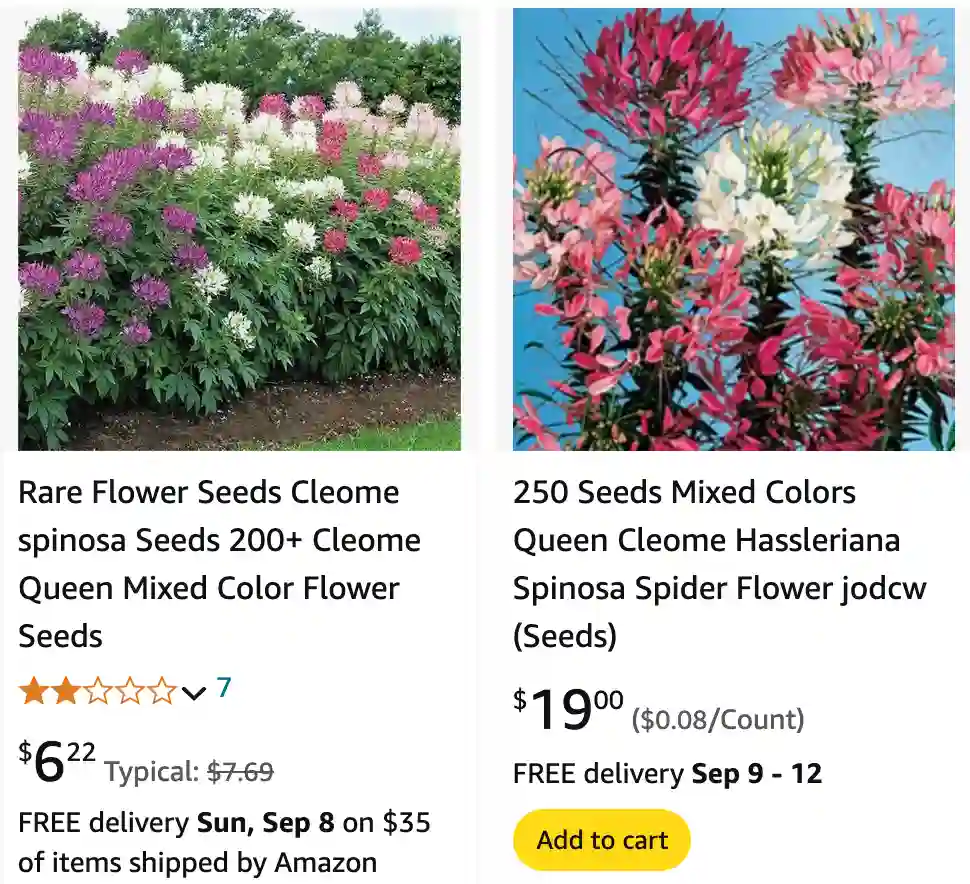
FAQs About Cleome Spinosa: A Gardener’s Guide
As an avid gardener, I’ve found Cleome Spinosa to be one of the most intriguing and vibrant plants to grow. Whether you’re new to gardening or looking to expand your plant repertoire, Cleome Spinosa offers a lot to explore. Here are some frequently asked questions about this stunning plant, including how to grow it, its fragrance, and more.
200 Species in Genus Cleome – Spider Flower
What Is Cleome Spinosa?
Cleome Spinosa, commonly known as Spider Flower or Cleome, is a beautiful, tall annual plant that is admired for its unique flower clusters and distinctive foliage. Its flowers come in various shades, including pink, white, and purple, and they’re known for their long, spidery stamens, which give the plant its spider-like appearance. This plant can reach heights of 3 to 5 feet and produces a striking display in gardens.
How to Grow Cleome Spinosa?
Growing Cleome Spinosa is quite straightforward, making it a great choice for both novice and experienced gardeners. Here’s how I’ve successfully grown it:
- Location: Choose a sunny spot in your garden. Cleome Spinosa thrives in full sun and needs at least 6 hours of sunlight per day.
- Soil: The plant prefers well-drained soil. While it can tolerate poor soil conditions, adding compost or organic matter can boost growth and flowering.
- Planting: You can start Cleome Spinosa from seeds or seedlings. If starting from seeds, sow them directly into the garden after the last frost or start indoors 6-8 weeks before the last frost. Space seeds or seedlings about 12-18 inches apart to allow for their wide spread.
- Watering: Regular watering is crucial, especially during dry spells. However, avoid waterlogging, as it can lead to root rot.
- Fertilization: A balanced, all-purpose fertilizer can help promote robust growth and blooming. Apply it once a month during the growing season.
Is Cleome Spinosa Cherry Queen Night Fragrant?
Cleome Spinosa ‘Cherry Queen Night’ is a striking variety of Cleome, known for its deep, rich red flowers. While the plant is visually stunning, it’s not particularly fragrant. Most Cleome varieties, including ‘Cherry Queen Night,’ are more valued for their ornamental appeal rather than their scent. If you’re looking for a fragrant addition to your garden, you might consider plants like lavender or jasmine.
How to Care for Cleome Spinosa?
Caring for Cleome Spinosa is relatively easy:
- Deadheading: Regular deadheading, or removing spent flowers, can encourage continuous blooming. Simply pinch off the faded flowers.
- Pruning: If the plant becomes too tall or leggy, you can trim it back to maintain its shape and encourage bushier growth.
- Pests and Diseases: Cleome Spinosa is generally pest-resistant but watch out for aphids and spider mites. If you notice these pests, treat them with insecticidal soap or neem oil. Ensure good air circulation to prevent fungal diseases.
How to Propagate Cleome Spinosa?
Cleome Spinosa can be propagated from seeds. Here’s the process:
- Seed Collection: Allow the seed pods to dry on the plant before harvesting. Once they’re dry, collect and store the seeds in a cool, dry place.
- Sowing: Sow seeds in a seed-starting mix indoors 6-8 weeks before the last frost or directly into the garden after the frost. Lightly cover the seeds with soil and keep them moist until germination.
- Transplanting: Once seedlings have developed a few sets of leaves and the risk of frost has passed, transplant them into the garden.
What to Plant With Cleome Spinosa?
Cleome Spinosa pairs beautifully with a variety of other plants. I’ve had great success combining it with:
- Marigolds: Their bright colors complement Cleome’s unique blooms.
- Cosmos: Both plants share a similar height and create a balanced, colorful display.
- Salvia: The vertical growth of Salvia contrasts nicely with the airy nature of Cleome.
Can You Grow Cleome Spinosa Indoors?
While Cleome Spinosa is typically grown outdoors, it can be grown indoors if you have the right conditions. You’ll need a large pot, a sunny window with plenty of light, and regular watering. However, due to its size and growth habit, it might be challenging to manage indoors.
Is Cleome Spinosa Toxic?
Cleome Spinosa is not considered toxic to humans or pets. It’s generally safe to grow in gardens where children or animals play. However, as with any plant, it’s best to discourage ingestion and handle it with care.
Benefits of Growing Cleome Spinosa
Cleome Spinosa offers several benefits:
- Attracts Pollinators: Its flowers are a magnet for butterflies and bees.
- Low Maintenance: Once established, it requires minimal care.
- Drought Tolerant: It can handle periods of dry weather, making it ideal for low-water gardens.
Common Problems
Despite its hardiness, Cleome Spinosa can face a few issues:
- Legginess: This can occur if the plant does not receive enough sunlight. Ensure it gets full sun and consider staking if needed.
- Pests: Watch for aphids and spider mites, which can be managed with appropriate treatments.
Compare Cleome Spinosa with Similar Plants
If you’re considering other plants similar to Cleome Spinosa, you might look at:
- Cleome Hassleriana: Often confused with Cleome Spinosa, it’s a smaller variety with similar flowering characteristics.
- Cosmos: Like Cleome, Cosmos also produces airy, daisy-like flowers and has a similar growth habit.
Cleome Spinosa is a remarkable addition to any garden, with its distinctive flowers and easy-care nature. Whether you’re enhancing a sunny border or adding a touch of color to your landscape, this plant delivers vibrant beauty and a bit of exotic flair.
If i die, water my plants!
